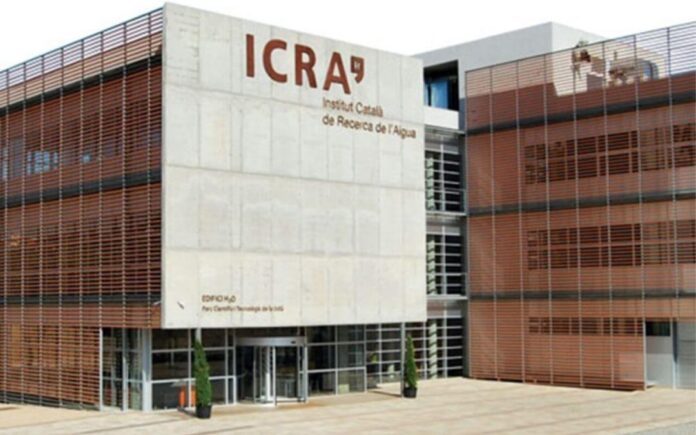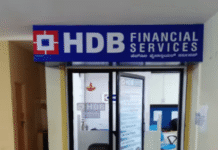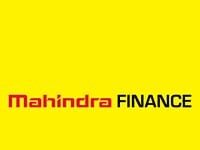ICRA’s Outlook on NBFCs: Challenges and Growth Projections:
ICRA highlighted that the non-banking financial companies(NBFCs)shall witness headwinds related to funding availability, which is likely to impede growth vis-à-vis the robust expansion in the last two fiscals. ICRA projects the growth of NBFC asset under management (AUM) to ease to13-15% in FY2025 from 18% in FY2024.Standing at about Rs. 47 trillion in March 2024, the sector AUM is set to cross Rs. 50 trillion in FY2025.Key challenges for meeting growth expectations, however, would be in accessing the requireddebt funding over and above the refinancing of existing debt. The estimated incremental debt funding for AUM expansion is Rs. 5.6-6.0 trillion for FY2025. Notwithstanding the sizeable demand and unmet credit requirements, the downside risk to the indicated NBFCAUM growth would accentuate, if the tight funding environment, as witnessed in Q1FY2025, continues for a prolonged period in the current fiscal.
“The banking sector, a key lender to the NBFC segment, is expected to register an overall credit expansion of around 12% in FY2025, resulting in an incremental bank credit of about Rs. 19.0-20.5 trillion. This, however, is lower than the Rs. 22 trillion credit expansion in the last fiscal. Further, the impact of tightening regulatory norms for bank funding to the sector, is already visible over the last few months. Incremental direct bank credit to the NBFCs in Q1FY2025 was a modest Rs. 75billion compared to Rs. 920billion in Q1FY2024,” A M Karthik, Senior Vice President & Co-Group Head Financial Sector Ratings, ICRA Limitedsaid.
Slowing direct bank credit will push the NBFCs towards capital market instruments. However, banks are one of the largest participants and are by far the largest subscribers of the securitisation and loan sell-downs by the NBFCs. Deposit challenges faced with banks and the push for the NBFCs to diversify their borrowing profile is likely to see the weighted average cost of funds projected to increase by 20-40bps over the FY2024 levels.
Slower growth and portfolio seasoning following the steep credit expansion in the retail asset segments in the last two fiscals, would start being visible in the asset quality performance in FY2025. Further, concerns on overleveraging and increased share of unsecured loans exist, whereby credit risk is likely to pose an elevated loan quality risk for the sector. The share of unsecured loans (personal and business purpose) expanded to 11% of the overall NBFC AUM in March 2024 from 7% in March 2021. ICRA expects the overall retail asset loan quality (gross stage 3) of the NBFCs, excluding housing finance companies (NBFC-HFCs), to weaken by 30-50 bps in the current fiscal. The NBFC-HFCs’ and the NBFC-Infrastructure Finance Companies’ (IFCs’) loan quality, however, shall remain range-bound with expectations of 10-20 bps improvement from March 2024 levels.
The elevated cost of funds, increased competitive pressures from banks, slowing growth and asset quality challenge would result in weakening profitability for the NBFCs (excluding the HFCs and the NBFC-IFCs), which is expected to decline by 25-45 bps vis-à-vis FY2024 levels. The NBFC-HFCs and NBFC-IFCswould also be faced with margin pressures in view of the elevated funding costs, however,the impact may be lower than their peers in the sector.
Notwithstanding these near-term pressures, ICRA notes that the sector is adequately capitalised, which upholds its risk profile, and ICRA, therefore,foresees a Stable outlook for the sector.
Business Loans and small ticket LAP by NBFCs:
Business loans (BL; includes loan against property [LAP], unsecured and quasi-secured loans on machinery, stock, guarantees, etc.) offered to enterprises and individuals for business purposes by the NBFCs currently stand at Rs. 5.5 trillion and constitute nearly 8% of the overall NBFC credit as of March 2024. Within this space the LAP loans account for about 64%.
ICRA highlighted the strong portfolio expansion in the small ticket LAP loans (ST LAP where the ticket size less than Rs. 1.5 million), which stood at an estimated Rs. 1 trillion in March 2024andare poised to expand at a sharp 20-25% over the next five years. Key players include new-age entities, which commenced operations in the last 10-15 years, and the affordable segment-focused NBFC-HFCs. ICRA expects growth in the ST LAPsegment of these players to expand at a higher pace. Sharp growth in the recent past, however, has resulted in modest portfolio seasoning, which remains monitorable. Disbursements by key entities focused on ST LAPover the last two financial years constituted ~80% of their outstanding AUM in March 2024 and two-year lagged 90+ days past due are close to 2x of their reported levels in March 2024.
Karthik adds:“Entities focussed onthe ST LAP segment have exhibited healthy performance and the impact of the Covid-related disruptions was limited. The segment is operationally intensive, which acts as an entry barrier for larger players; however, advancements in data availability and technology can intensify competition going forward.The NBFCs other than the NBFC-HFCs do not have access to the Securitisation and Reconstruction of Financial Assets and Enforcement of Security Interest Act (SARFAESI) for theST LAP segment.Further, considering the target borrowers, the track record of loan recovery from overdue accounts is low, making loan quality a key near-term monitorable”.





